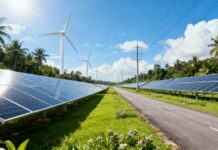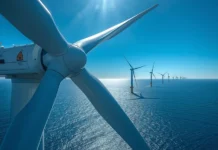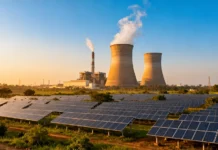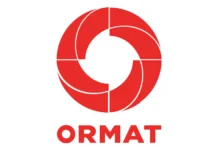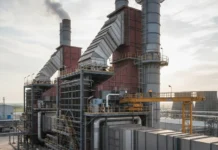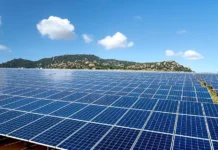The Dutch House of Representatives, or Tweede Kamer, has approved the implementation of the EU’s Renewable Energy Directive (RED III) during a parliamentary session on Oct. 2. The legislation now awaits review by the Dutch Senate, or Eerste Kamer, but the lower house’s vote signals that the Netherlands is on track to meet its transposition target of Jan. 1, 2026.
The bill passed with 107 votes in favor out of 150, with several amendments incorporated following a debate on Sept. 29. “Either [they’ll] set a date for written input, issue a blank report for swift adoption, or opt for a plenary debate without written questions. Although a majority in Parliament supported the bill, this does not mean the Senate will refrain from being critical.” said Jacobus Wennekers, Founder of Renewable Strategies.
Amendments approved by the Tweede Kamer include extending RED III renewable energy targets and obligations from 2030 to 2035, coupled with an annual review to maintain alignment with other EU member states. The State Secretary has committed to a 2 petajoule sub-target for direct use of green hydrogen, supplementing existing biofuel blending requirements.The amendment also includes exploring bio-LNG mass balancing and specifying which bioethanol qualifies under RED III renewable energy obligations. The eligibility is linked to the Combined Nomenclature code 2207 10 00, aiming to give priority to undenatured European bioethanol instead of imported options.“This potentially will raise the price by about Eur100/cu m,” a blender noted, while another trader described the amendment as “very bullish.”
Market confidence in the Netherlands’ RED III timeline contrasts with lingering uncertainty in Germany and Belgium. Dutch Environment and Public Transport Minister Thierry Aartsen reaffirmed the Jan. 1, 2026, transposition target and noted alignment efforts with neighboring countries. Market watchers say that if the Netherlands adopts RED III on time, it could give a boost to European advanced biofuel prices, as demand rises under stricter blending and greenhouse gas reduction targets. So far, the market hasn’t reacted strongly, but traders are keeping a close eye on developments ahead of next year’s mandates.







